As an early teenager that was very much looking forward to getting my driver's license and my first car, I was super in to the JDM scene. This was in the early 2000s, so while it was definitely peak The Fast and the Furious days, that isn't what inspired me. Instead, I'd religiously read SuperStreet, and the types of cars that would really catch my eye were cars like the HKS Altezza.
The HKS Altezza was a monster of a car. In fact, I probably couldn't even fathom how extreme it was at the time, because truthfully, every car seemed unattainable, and I had no idea what really went into a "build" that was so extensive.
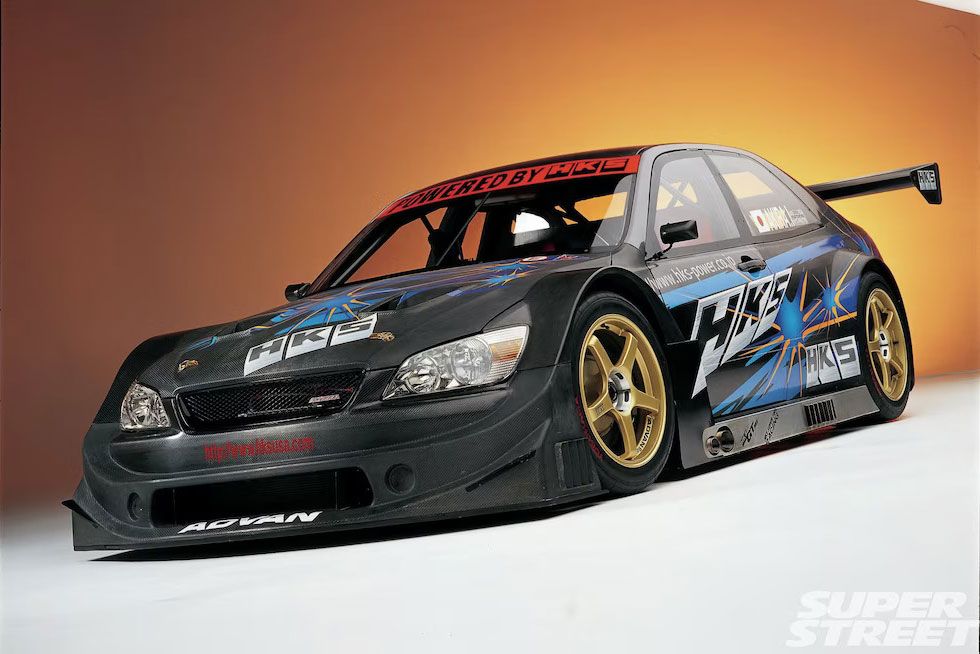
It was only by chance that I ended up in the world of BMWs**. Still, I've found that most of my inspiration over the years has come from Japanese time attack or JGTC/Super GT cars. They are just so painfully cool, not to mention extremely fast and capable machines.
**I was headed towards owning some sort of Honda as my first car, when fate stepped in. The parents of a high school friend were selling a BMW E30 for a very great price, and my parents thought it would be a good first car for me. I was a little skeptical at first, because even though it was only 2 generations old at the time, it looked pretty dated! I came to fall in love with the idea, though, and thanks to my dear parents, the rest was history.
I will admit that I don't follow Japanese time attack or racing very closely. I mainly just admire the cars from afar.
From what I can tell, most Japanese time attack cars are privateer efforts, or at most, the "demo car" for small race shops. It also seems like there aren't many restrictive rules for how the cars are built. The power levels, suspension designs, and aerodynamic packages vary greatly. It seems that for most competitions, there is a tire spec (such as Advan A050 for WTAC), but that's about it.
What follows is a lot of creative expression, and a great variety of cars that compete. You'll find Silvias, S2000s, Evos, RX7s, Supras, GT-Rs, GR86s, Civics, Integras, Z-cars... the list goes on. If it's a sporty-ish-car, it's probably being represented in Japanese time attack.
The builds are as varied as the chassis are. Extensive aero packages, custom in-board damper setups, air-shifted sequential transmissions, power figures in the 4-digits. Sometimes all of the above.
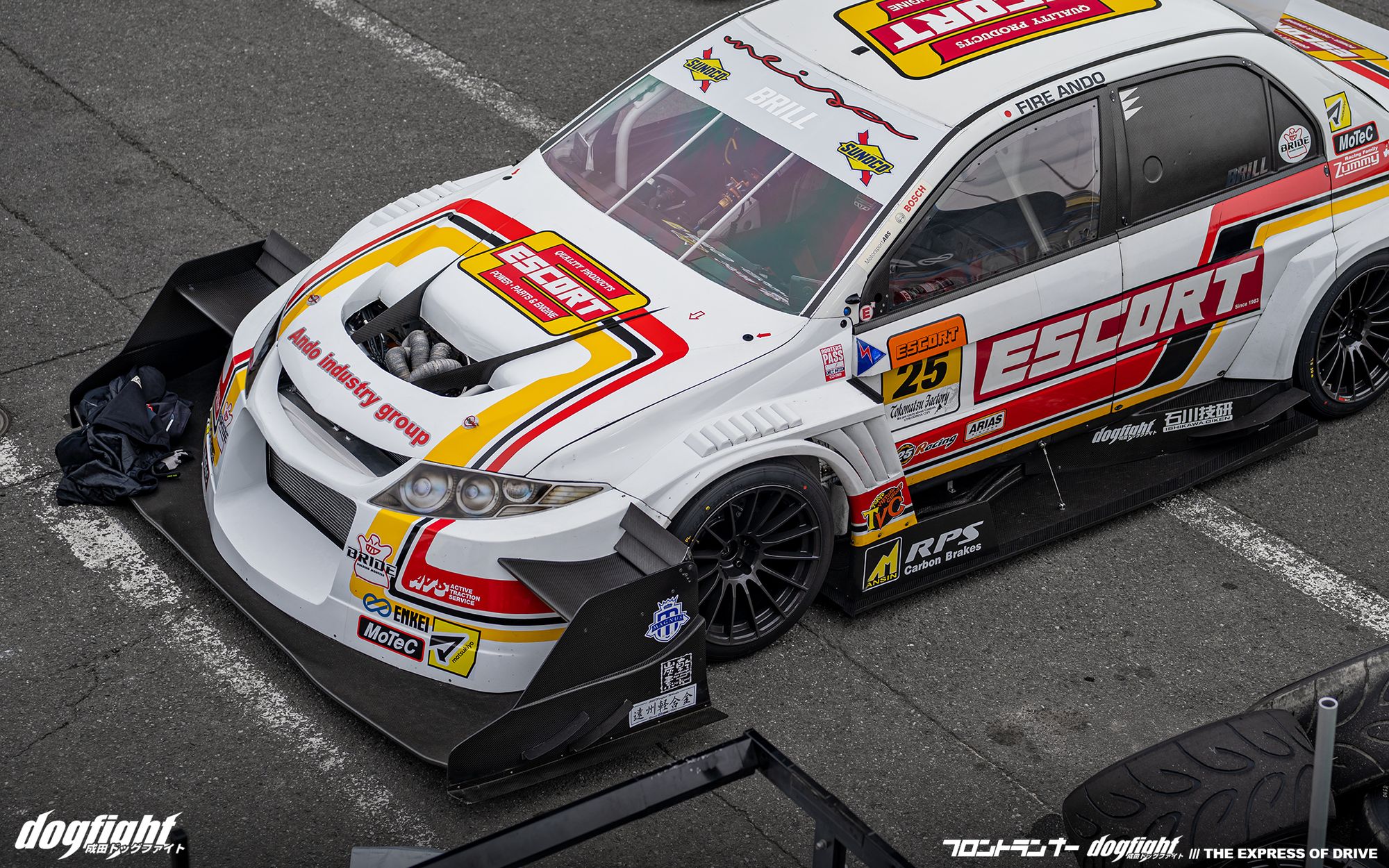
To me, the best thing about these monster performers is how they look. They're always clean, stylish, and well put together. Thoughtful, even. Though form may follow function, the cars always seem to pull off an attractive and cohesive look, while maintaining their blistering performance.
In time attack and time trials, we have a distinct advantage over wheel to wheel race cars in that it is highly unlikely for us to have any "rubbing is racing" type of accidents on the track. This is all the more reason to take pride in the appearance of the car!
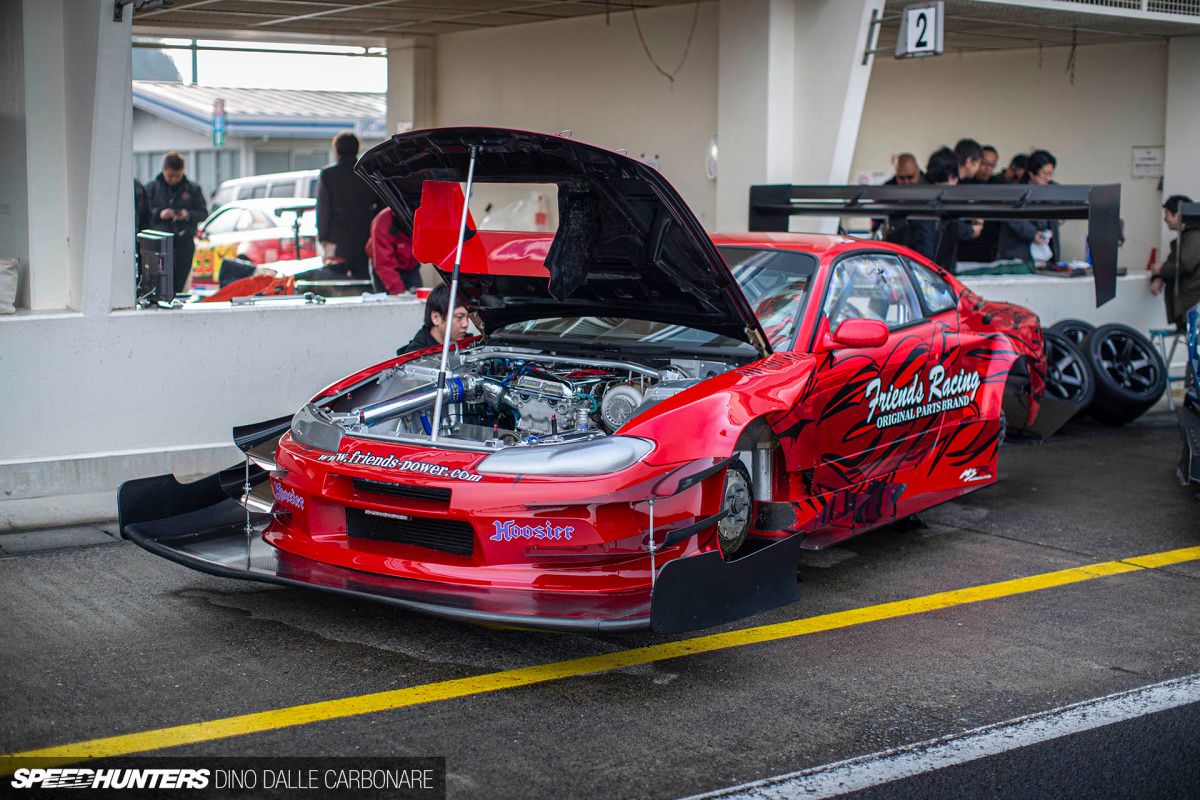
Here in America, there are only small pockets of time attack competition that hold a candle to Japan's time attack culture. Southern California has the highest concentration of it, and on a national scale the Global Time Attack (GTA) series is about all that we have that compares to Japan.
GTA has a loyal following, but being a relatively small national series, attendance for certain events can be pretty low. There are only a few iconic, top-level builds that have gained widespread recognition (like Amir Bentatou's NSX). It certainly takes a sizable budget and a highly skilled driver to compete at the top level of GTA.
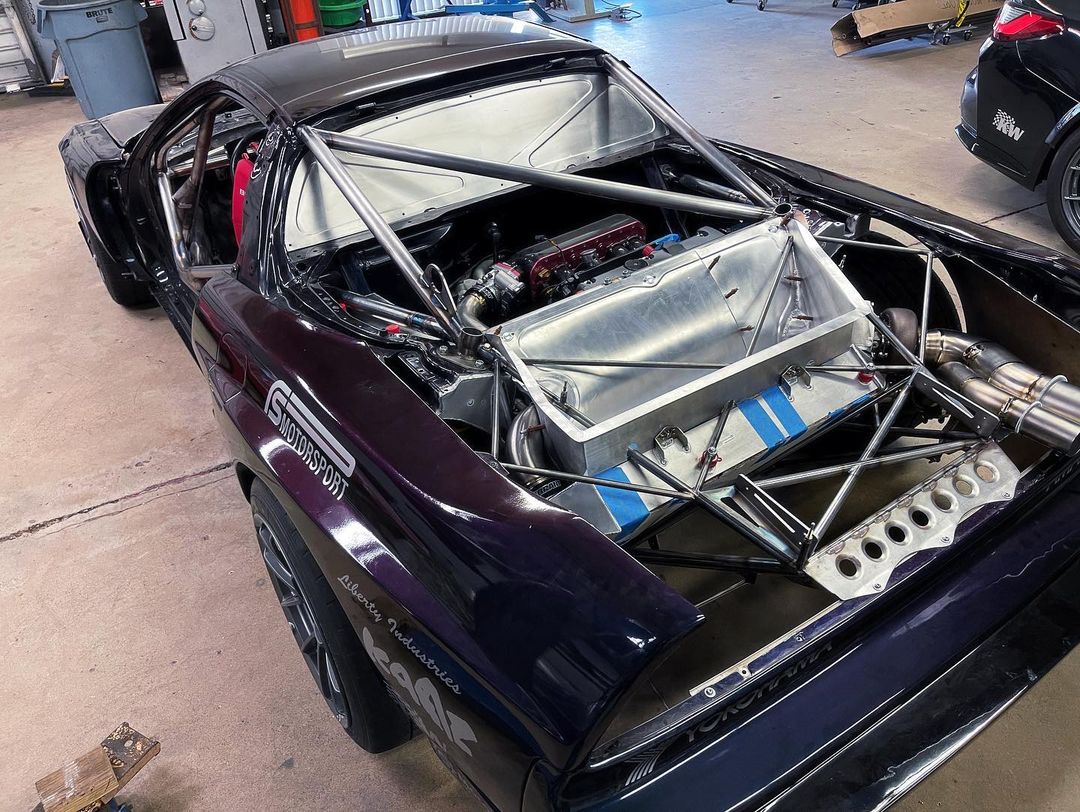
On the other end of the scale we have more "club" level time attack or time trials, sanctioned by performance-driving and racing groups such as NASA, SCCA, and GridLife. While GTA and GridLife lean more towards "open rule book" and few class options, similar to Japan, NASA and SCCA take a more structured class approach.
The more restrictive and structured classing of groups like NASA leads to deeper levels of competition within a class, as well as the ability to at least somewhat limit the dollars needed in order to be competitive. It is also good at keeping lap times and speeds in check for those of us that don't feel the need to go from 175mph down to 45mph in the Road Atlanta turn 10A braking zone.
The downside to restrictive and structured classing is that it can sap a lot of style out of time attack. Especially in the lower classes, such as NASA TT 4-5-6, GridLife Street/StreetGT, etc., there are rules in place that take away from some of the fun and stylistic modifications that might be more for looks than they are for performance. This is probably because if left open, those rules really could be exploited for a performance advantage, even though in many [most?] cases, they wouldn't be.
When I classed my car down from TT5 to TT6, in order to make the power:weight level for the lower class, I had to claim "BTM Aero," which essentially means that the body of the car has to be the same as the Base Trim Model. In my case, the same as a 1991 318i sedan.
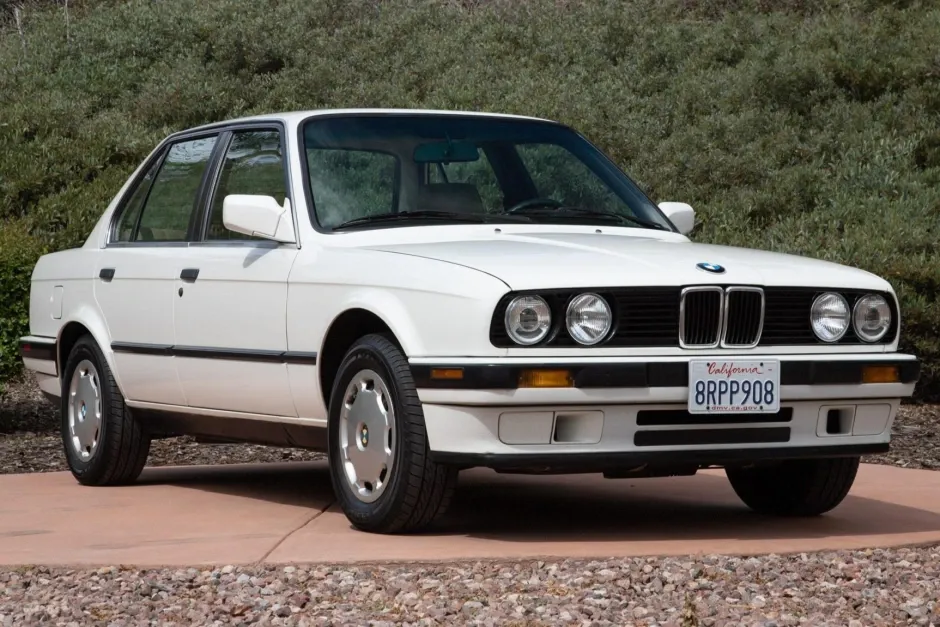
I had to remove the spoiler, splitter, "iS" style deep front lip, and put the stock mirrors back on. The car lost a lot of it's style in the process, and that kind of bums me out. The lip spoiler and the deeper front lip, and heck, even the DTM style mirrors don't make the car faster by any repeatable or measurable amount.
Not that my car was any benchmark for measuring style, but I certainly liked the way the car looked better in the less-restrictive TT5 trim.
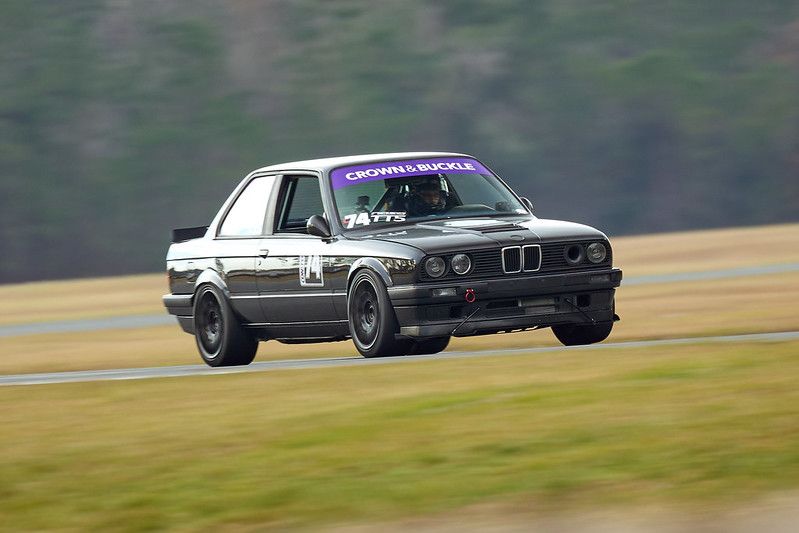
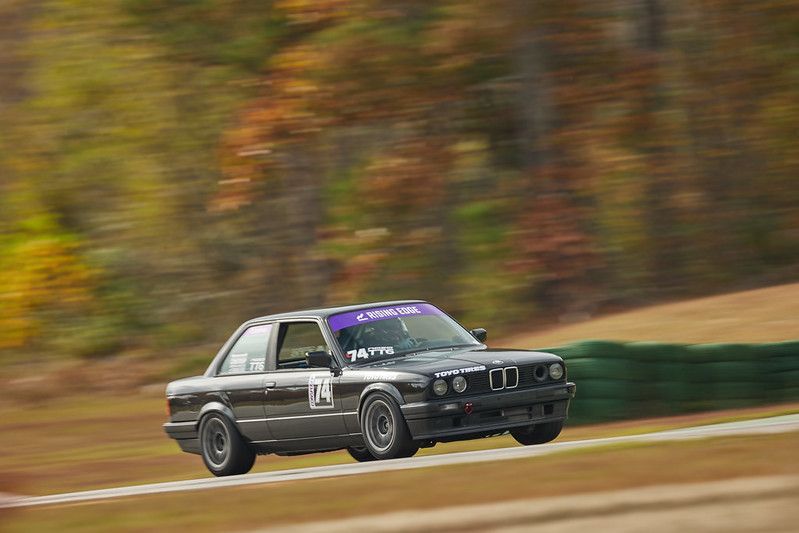
TT5 (left) versus TT6 (right). Meh.
At any given NASA Time Trial event, there are usually somewhere between 25 and 50 cars entered. Unfortunately in the looks department, a 80-ish-% of the cars are pretty lacking. Fairly rough cars that are sticker-bombed with mismatched vinyl for contingency sponsors is about as close as you get to a livery or cohesive design. Poor color choices abound, plastic over-fenders are riveted on, and questionable wheel designs are rarely washed.
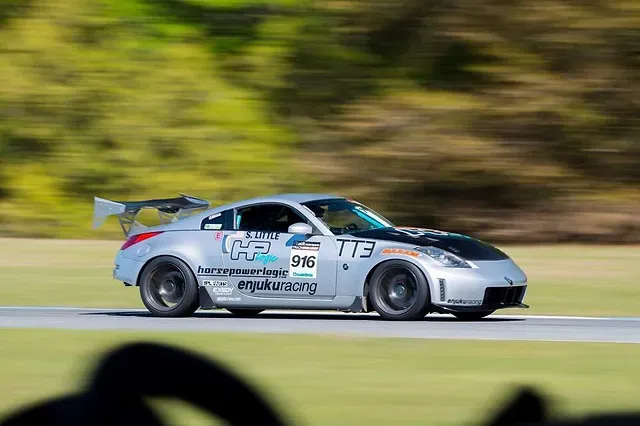
I'd love to see more thought go into American time trial cars, but I guess there is no incentive to do so. Perhaps a few cars that set the bar higher would inspire others? It seems like GridLife and GTA cars tend to take appearance a bit more seriously. Maybe it could be an infectious type thing.
DE, time attack, racing: I think it's worth taking some pride in the look and cleanliness of the car. It can be done without blowing the budget, and it can be maintained even if the car picks up some battle scars along the way.
I think we've all got something to learn from the looks matching the performance in Japanese time attack.




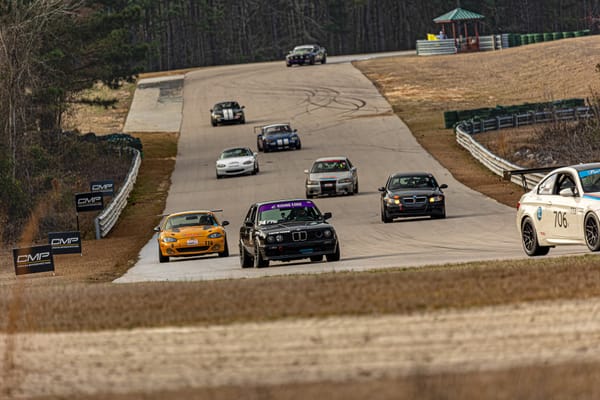
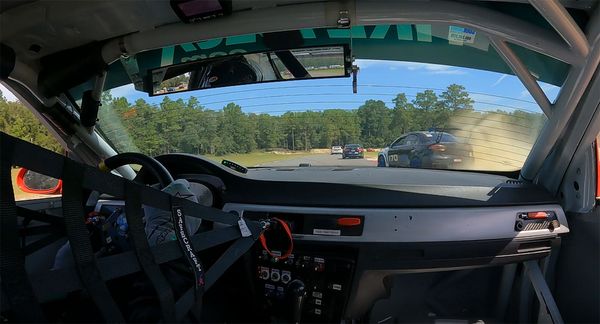




Let's drive faster together